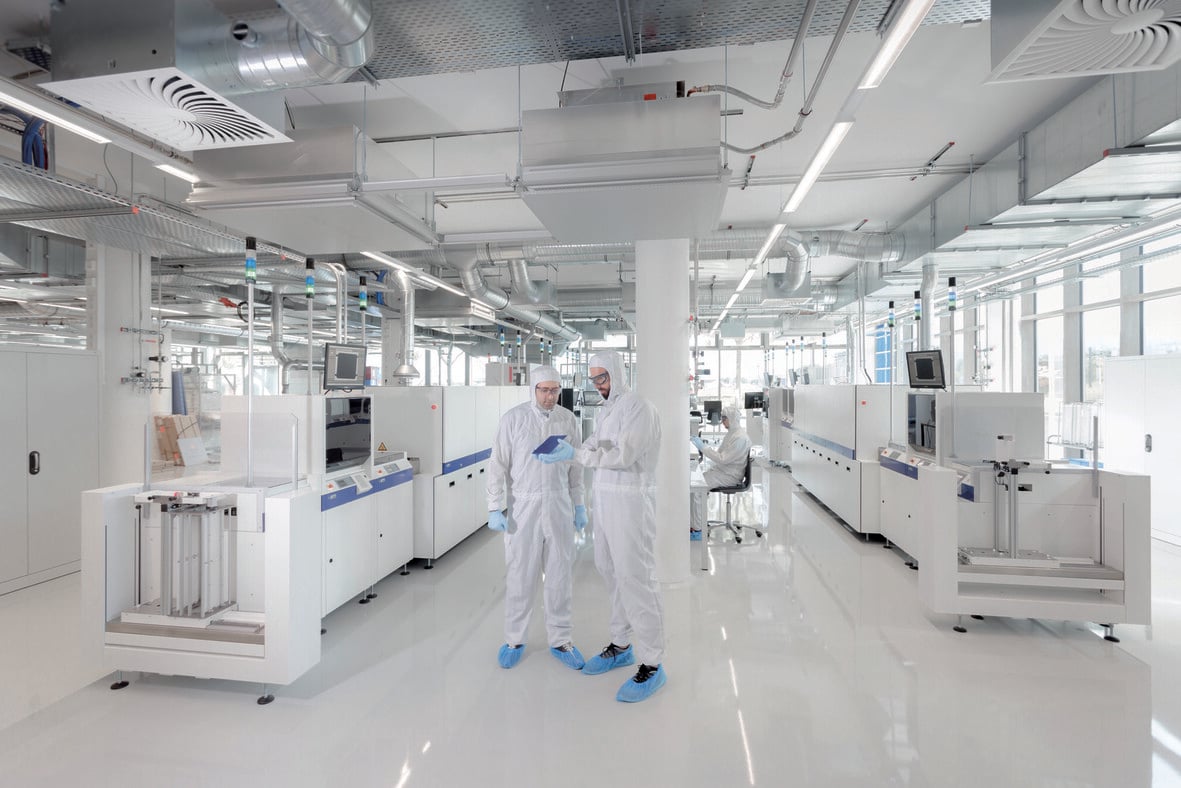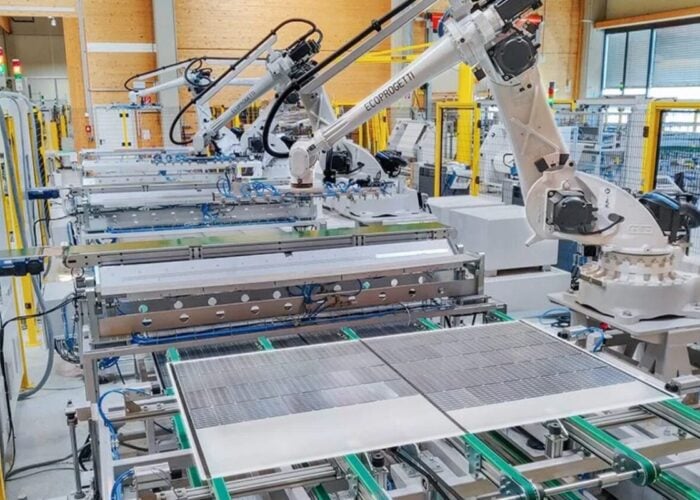
Future heterojunction technology (HJT) solar cells may require significantly less silver to produce, according to findings from researchers at German solar testing house Fraunhofer Institute for Solar Energy Systems (Fraunhofer ISE).
The research, published in the Progress in Photovoltaics journal this week, aims to achieve a “very low silver laydown” on silicon HJT solar cells. It says that the “long-term cost competitiveness” of mass-produced HJT cells relies on reducing silver usage, which is particularly high for the technology.
Try Premium for just $1
- Full premium access for the first month at only $1
- Converts to an annual rate after 30 days unless cancelled
- Cancel anytime during the trial period
Premium Benefits
- Expert industry analysis and interviews
- Digital access to PV Tech Power journal
- Exclusive event discounts
Or get the full Premium subscription right away
Or continue reading this article for free
“Based on the projected growth of installed PV capacity in the coming years, the silver consumption of the PV industry could increase to up to 90% of the global annual production volume until 2030,” the paper stated.
“The need to reduce silver laydown is particularly urgent for SHJ (silicon heterojunction) solar cells as silver paste is usually applied on the front and rear sides of typical cell architectures.”
The research primarily focused on using fine mesh screens to print thin silver contacts onto solar cells, thus decreasing the amount of silver needed in comparison with current methods. The experiment aimed to print fine-line contacts of 20 micrometres or less – roughly 0.02 millimetres – whilst maintaining a “sufficiently low grid resistance” for the cell to function efficiently.
It was found that printing thinner contacts and using a cell interconnection concept with multiple wires – as opposed to the soldered ribbons normally used (see below) – could allow for increased tolerance for resistance losses in the cell and reduced conversion loss from shading on a module level.

However, implementing these changes requires “a reliable and industrially applicable fine-line printing process on the front and rear side of SHJ solar cells”, the research said.
The full findings of the research can be read here.
Earlier this week, Chinese solar manufacturer Huasun claimed a new efficiency record for mass-produced HJT solar cells of 26.5%. The company is one of two major manufacturers – the other being Risen Energy – to have invested in multi-GW scale HJT cell production.






